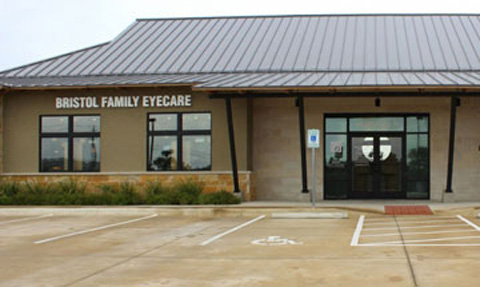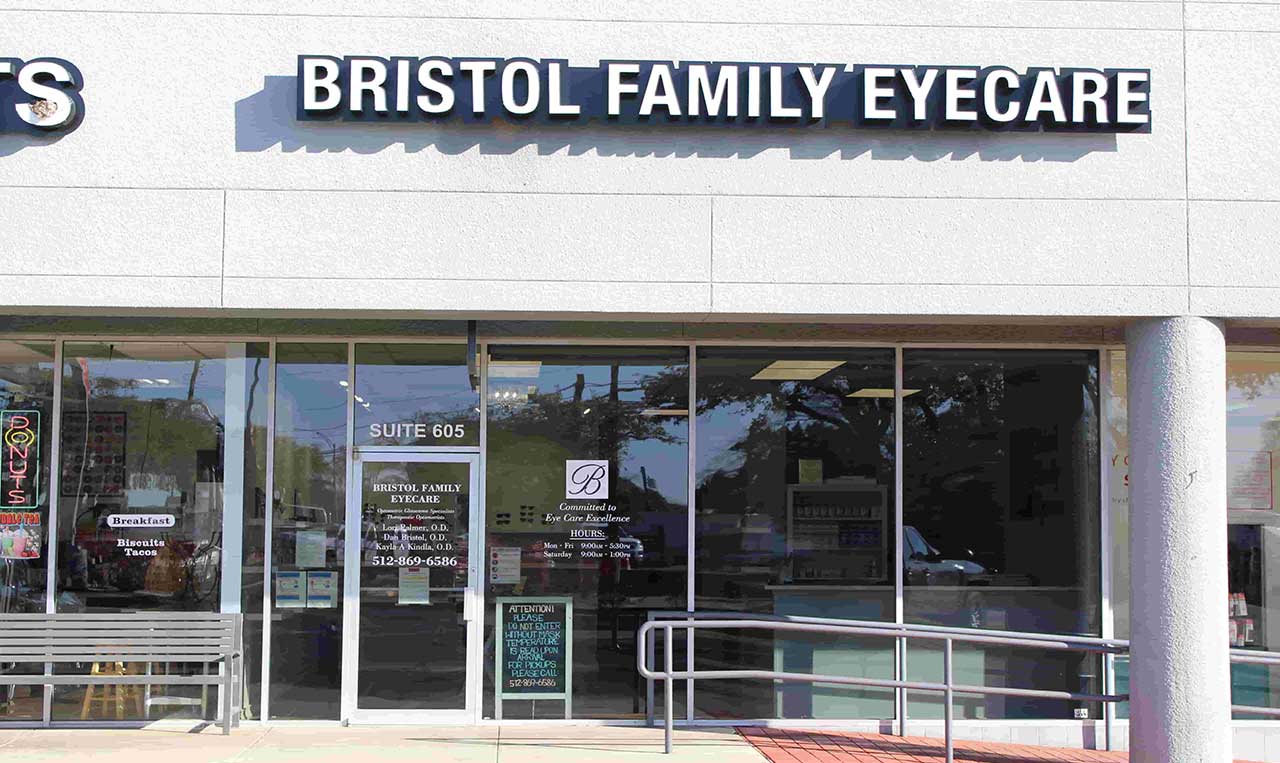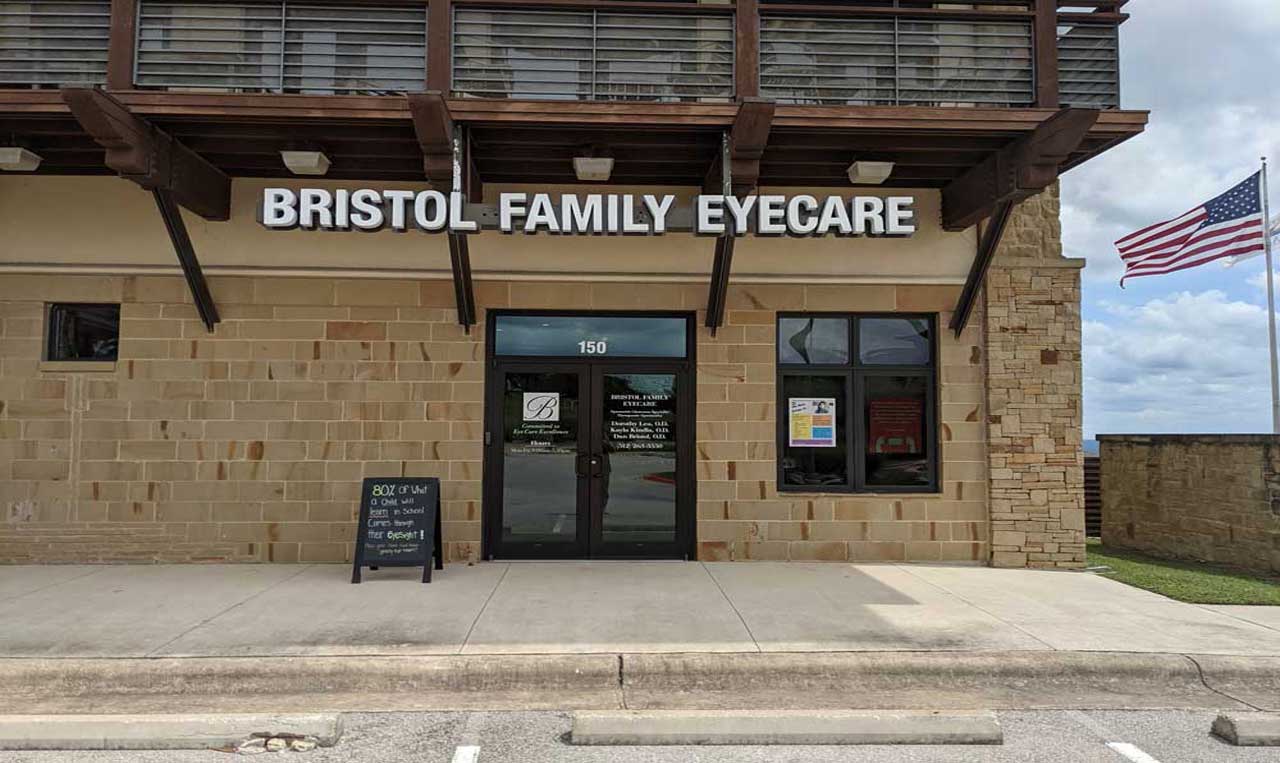Eye Exam Technology
at Bristol Family Eyecare

Eye Exam Technology
at Bristol Family Eyecare
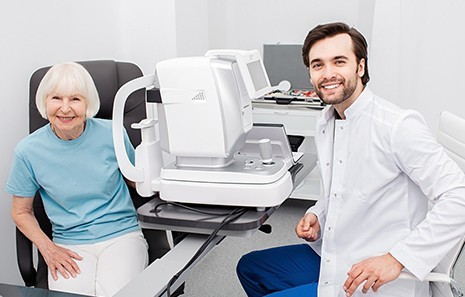
Our Eye Exam Technology
Retinal Health
The retina is a wall of thin, light-sensitive tissue that lines the back of your eye. Long-term retinal health is extremely important because there are numerous diseases that can affect this part of your eye and cause permanent vision loss. Some of the most common retinal conditions include age-related macular degeneration (AMD) and diabetic retinopathy.
At Bristol Family Eyecare, we use a trio of cutting-edge devices in order to look at your retinal health from every angle possible:
OPTOS Ultra-Widefield Imaging
OPTOS imaging is a way for us to see the whole picture of your retina. This image is done with an ultra-wide field of view, allowing us to see if there’s anything that we need to take a closer look at.
Optical Coherence Tomography
Optical coherence tomography (OCT) lets us see a cross-section of the retina. We look for any changes in the thickness and condition of the layers in this part of the eye — which can be signs of a retinal disease.
Retinal Imaging
Retinal imaging lets us take high-resolution photos of the retina. These allow us to track the condition of your eye health over time, making it easier to detect any changes or abnormalities.

Visual Field Testing
In a visual field test, you will be asked to respond to a series of lights that appear in different areas of your vision using an instrument. This way, we can see if there are any blind spots in your vision or changes to the amount of your surroundings that you can see at one time — using your peripheral vision (side vision).
It’s important to have a visual field analysis done regularly, especially if you’re at high risk for an eye condition. Loss of peripheral vision can mean that you are developing glaucoma, a condition that causes pressure inside the eye to damage the optic nerve and reduce vision. It can also be a sign of a neurological disease or a drooping eyelid obscuring part of your field of vision.
Cornea Mapping
The cornea is the tissue at the very front of the eye that focuses light onto the eye’s internal structures. Cornea mapping creates a 3-dimensional map of your cornea’s surface, and allows us to examine it for diseases, fit you for specialized contact lenses, or assess your candidacy for certain methods of vision correction.
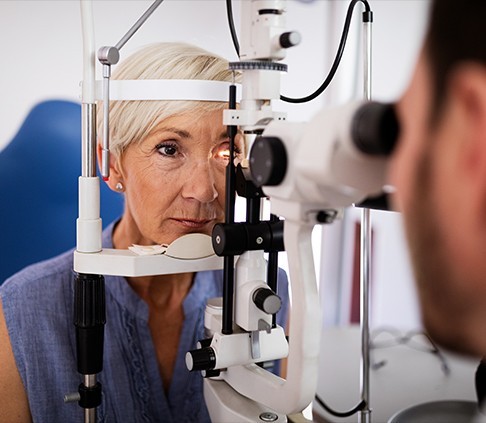

Visual Field Testing
In a visual field test, you will be asked to respond to a series of lights that appear in different areas of your vision using an instrument. This way, we can see if there are any blind spots in your vision or changes to the amount of your surroundings that you can see at one time — using your peripheral vision (side vision).
It’s important to have a visual field analysis done regularly, especially if you’re at high risk for an eye condition. Loss of peripheral vision can mean that you are developing glaucoma, a condition that causes pressure inside the eye to damage the optic nerve and reduce vision. It can also be a sign of a neurological disease or a drooping eyelid obscuring part of your field of vision.

Cornea Mapping
The cornea is the tissue at the very front of the eye that focuses light onto the eye’s internal structures. Cornea mapping creates a 3-dimensional map of your cornea’s surface, and allows us to examine it for diseases, fit you for specialized contact lenses, or assess your candidacy for certain methods of vision correction.

